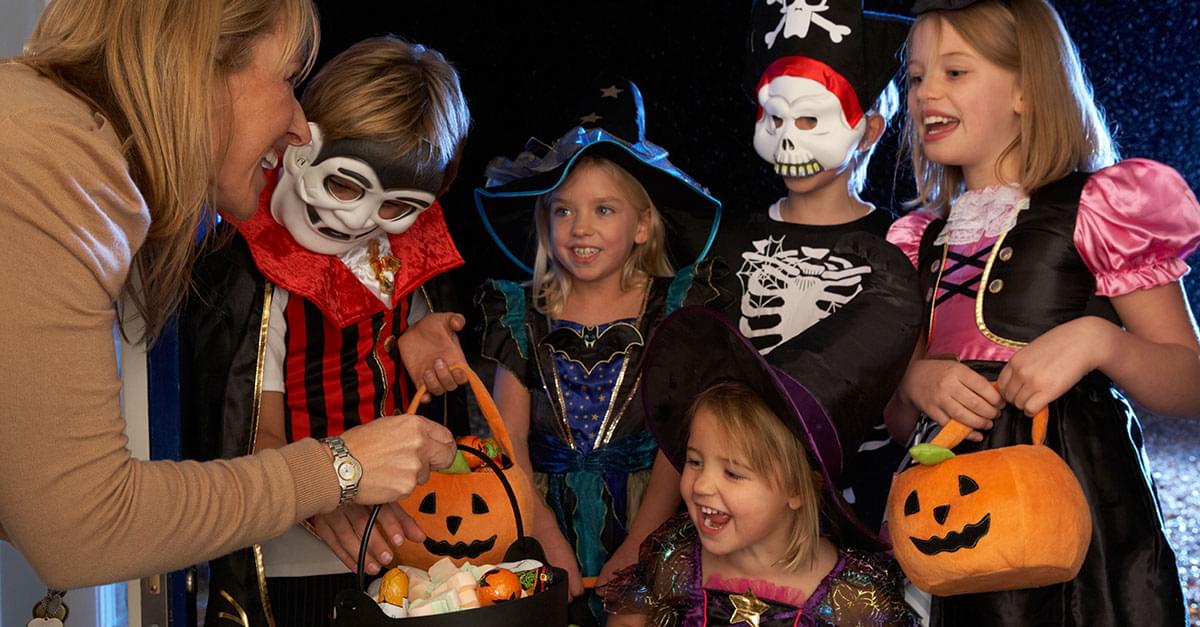Check out these tips by the American Academy of Pediatrics (AAP) to make sure you have a safe and fun Halloween!
- Plan costumes that are bright and reflective. Make sure that shoes fit well and that costumes are short enough to prevent tripping, entanglement or contact with flame.
- Consider adding reflective tape or striping to costumes and trick-or-treat bags for greater visibility.
- Because masks can limit or block eyesight, consider non-toxic makeup and decorative hats as safer alternatives. Hats should fit properly so they don’t slide over eyes. Makeup should be tested ahead of time on a small patch of skin to make sure there are no unpleasant surprises on the big day.
- Small children should never carve pumpkins. Children can draw a face with markers. Then parents can do the cutting.
- To keep homes safe for visiting trick-or-treaters, parents should remove from the porch and front yard anything a child could trip over such as garden hoses, toys, bikes and lawn decorations.
- A parent or responsible adult should always accompany young children on their neighborhood rounds.
- Have flashlights with fresh batteries for all children and their escorts.
- Only go to homes with a porch light on and never enter a home or car for a treat.
- A good meal prior to parties and trick-or-treating will discourage youngsters from filling up on Halloween treats.
- Halloween can be tricky for children with food allergies. It’s important that parents closely examine Halloween candy to avoid a potentially life-threatening reaction:
- Always read the ingredient label on treats. Many popular Halloween candies contain some of the most common allergens, such as peanuts or tree nuts, milk, egg, soy or wheat.
For a full list of tips visit aap.org.
